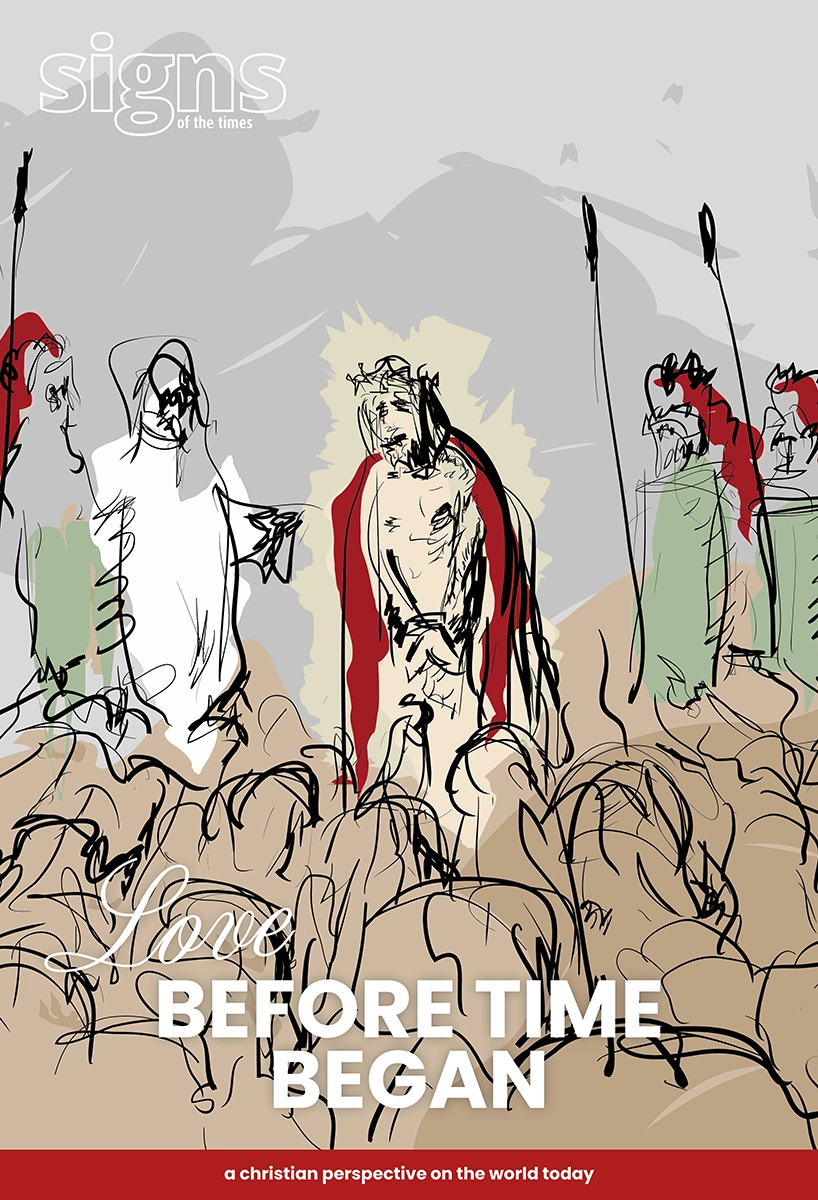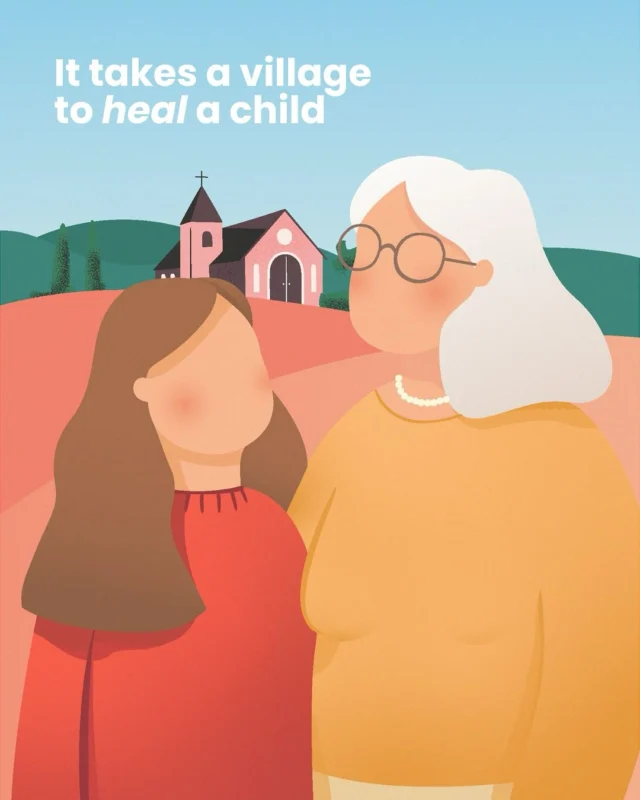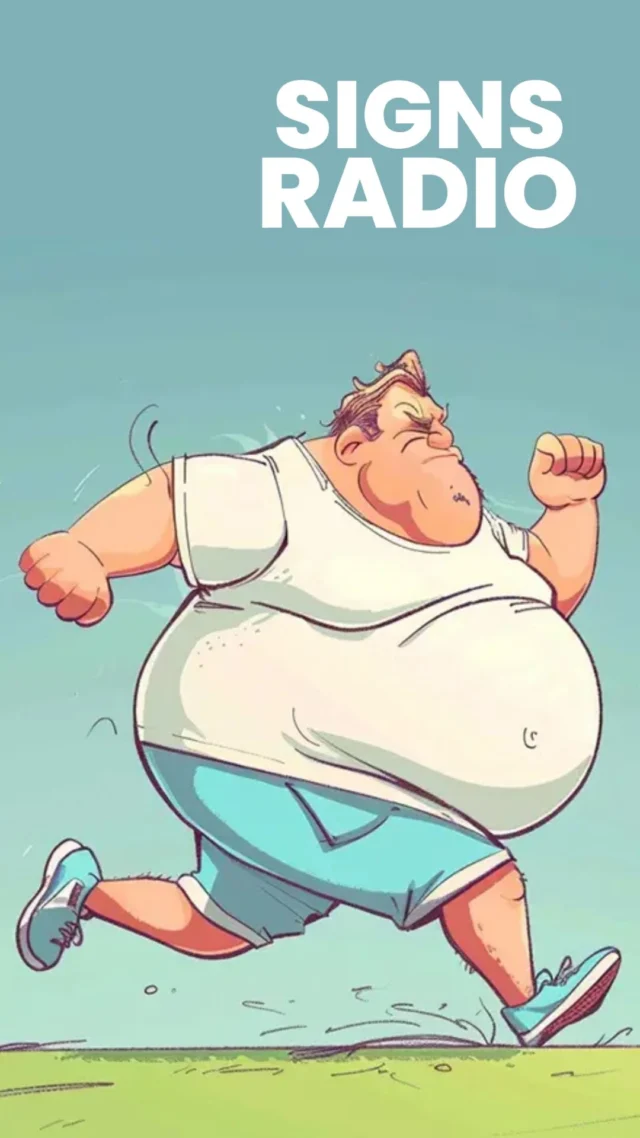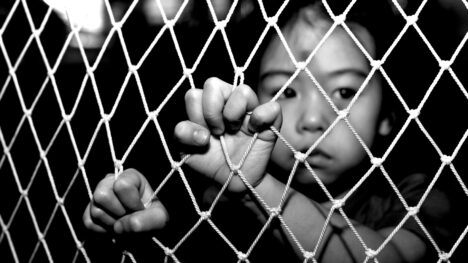The Power Of Grief: How To Survive The Death Of A Loved One
June 14, 2021
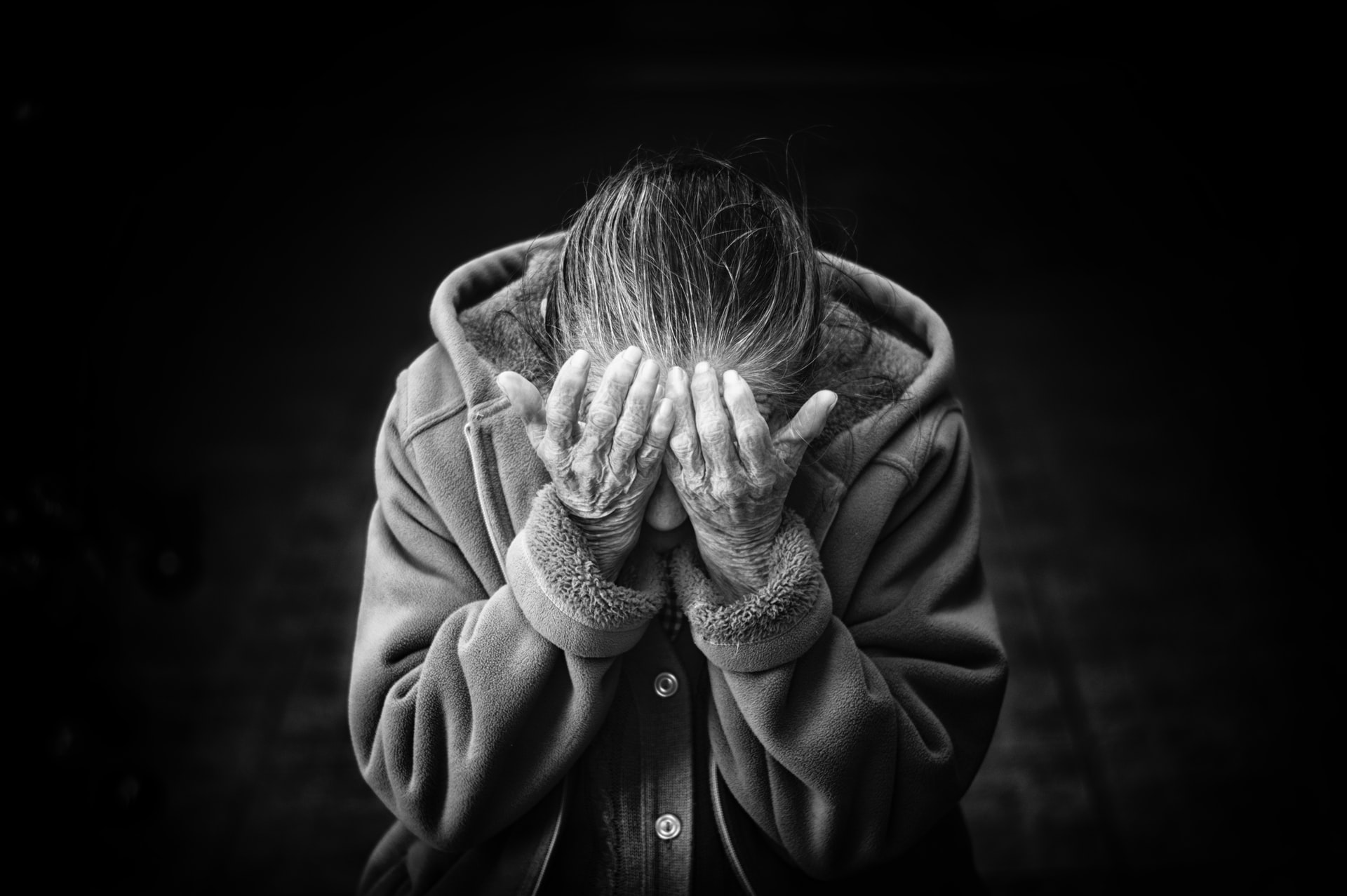
There has been an increase in the number of so-called “experts” in an increasing number of so-called “fields”. It seems that all of life has been divided into neatly-marketable industries. No wonder then that the arrival of a new expert in something familiar to mankind for ages, is met with caution. In the case of Julia Samuel’s expertise in the field of grief management, however, there is no need to downplay its significance.
Julia Samuel is a psychotherapist and has senior accreditation from the British Counselling and Psychotherapy Association, currently acting as its vice-president. A certified mental health professional, she specialised in person-centred therapy and spent over 25 years working directly with those who have lost a loved one. Her work is so been so valuable to her society that in 2016 she was awarded the “Most Excellent Order of the British Empire” for her work in the service of parents grieving the loss of a child. Julia Samuel was friends with Princess Diana and shared her love for helping suffering children. She is one of the seven godparents of Prince George of Cambridge, the eldest son of Prince William and Catherine, the Dukes of Cambridge. Samuel may have had a formative influence on the increasingly vocal orientation of Princes William and Harry and their wives towards mental health education programs.
Her intense activity during the decades of working with people who experience grief and bereavement because of the death of a loved one took the form of a book in 2017: Grief Works: Stories of Life, Death and Surviving. In a testimonial on her website, Julia says that she knew from the beginning of her professional career, when she volunteered for the Westminster Bereavement Service NGO, that that’s what she wanted to do all her life. She felt discouraged, inadequate, and frightened by the torment people were going through, but something in her soul pushed her further. “The more I have learned the more I have realised what I don’t know both practically and psychologically.” Her search proved to be soothing for many people. “I’ve loved the sharing of ideas, but most importantly, seeing the relief in people’s eyes when it dawns on them, they can do this death and dying thing, and the grief thing, this talking and feeling thing.”
Working with pain
In a presentation on her book, Julia Samuel said that people need to understand that pain is a process that needs to be worked on, stating what she hopes to offer through this volume. “If we are to thrive we need to do the work, and it is hard work, to ensure we give and receive the love that makes life worth living.”
Nothing seems more unlikely than healing in the acute moments of suffering caused by the death of a loved one. But Julia Samuel speaks with conviction about healing, being someone who has helped many people achieve it. In an interview for the Head Talks digital platform, the psychotherapist said that “pain is the thing that forces us to adapt and change because the discomfort of it forces us to face this new reality that we wouldn’t face otherwise”.
In fact, when she talks about the pain of loss, before talking about healing, Samuel talks about adaptation and insists that it [the grieving process or stages of grief] should be encouraged, both by the bereaved person and by those around them—be they close friends, caregivers, family members or something else entirely. “The longer we deny the reality of what we are facing, the longer the process of grieving will take,” she said, pointing out that the grieving person plays a key role in their own healing. Both the sufferer and those around them who want to help them have to work on the same pillars of mental health care, says Samuel.
The relationship with the one we’ve lost. The quality of our relationship with the person who has died greatly influences the pain we feel after they’re gone. A major loss of someone particularly close to you will likely prompt intense emotions or strong feelings of grief. Usually, this axiom translates popularly into “Look how much she’s crying, you can tell she loved him greatly”. But part of the same axiom is the fact that if we had a difficult relationship with that dear person who is no longer with us, we can be extremely burdened by regrets and the impossibility of getting things right. Samual says that our relationship with the one who died continues even after their disappearance, even if in a modified form: we love them in their absence, not in their presence. That is why she argues that a basic pillar in our support system is to find a way to express this relationship. “It may be by wearing something that connects us to them, like their watch, a name band or an article of their clothing like a scarf; It may be visiting their grave, creating a memory box in which you put in special objects like their glasses, or cards or pressed flowers; a photograph album or writing to them in a journal of in the form of a letter; Cooking their favourite recipe; Posting online an image you know they’d have loved”. In short, it helps us find a way to manifest our relationship through small rituals, which will help us by diminishing our negative emotions and increasing our positive ones. It may seem like a small step, but doing this may help with the more difficult times we may experience in the grief process
The relationship with ourselves. Pain changes our relationship with the world and even our relationship with ourselves. “It is a cruel and confusing phenomenon that often, when we are hurting the most, and need the most support, the person we can rely on least to do this, is our self”, remarks Samuel.
“When that hurt and anger is not expressed externally, it often takes the form of self-attack”. The psychotherapist says that we need to show compassion for ourselves, pay attention to our needs and be kind to ourselves, so as to avoid self-sabotage through constant criticism of ourselves.
We can do this by realizing that “feelings are not facts: feeling bad for instance, doesn’t make us bad”, Samuel explains. A solution to help us to master this distinction between feeling and being is to put our thoughts on paper. Keeping a journal can help us detect the paradoxical or contradictory messages we send ourselves, and clarify our feelings. This, Samuel says, is a source of self-support that has been verified by many researchers and has proven effective. We need to manage our inner life, like real managers.
For this, we need to know who we are, know our defence mechanisms (where we tend to take refuge in when it gets difficult for us) for example, but also to have knowledge about how people are in general, to know that denial—the thing we strive to get rid of—is still part of the process and beneficial, because we could not bear the burden of reality psychologically, if it hit us all of a sudden. Also, we need to be aware that the way we treat our losses today will create a model for relating to future losses. When we don’t let ourselves feel a loss, it is possible that new losses will reopen the old wound.
Expression of pain. People experience a variety of intense feelings after experience a significant loss—this is a part of life. What is important is that they find a way to express their feelings. “Whether we are an introvert or an extrovert, whether we are someone who naturally knows how to express themselves emotionally or finds it difficult—every one of us needs to find a way of expressing our grief and loss”, says Samuel. The good news is that there are several ways we can do this. “Some people can only connect with themselves when they are connected to other people. For others they need to work out first what they feel on their own” No matter how they do this, the idea is to “find a way of connecting to the feelings we have inside, try and name them, and then find a way to express them.”
Time is a key component in the healing process, which “takes longer than anyone wants or expects”, says Samuel. The pain of grief has the ability to alter how we relate to time: the future may seem scary, while the past may seem idyllic. But we can work toward our adaptation, which Samuel says is an indicator of mental health, focusing, for the time being on the short term: what we can do today or this week. It is important to take the time to reflect. Denying ourselves this time will not make the pain go away faster, but, on the contrary, will predispose us to physical and mental health disorders. It’s important to take care of your physical health and mental wellness, taking advantage of professional help or health services if necessary
The relationship between mind and body. In neuroscience, the mind-body connection is a well established field of study. It is beyond appeal, to the point that, says Samuel, neurologists speak of the “mind-body” as a unit and say that “‘the body remembers, the body holds the score’ meaning the whole experience of grief, is held in our body and influences both what we think, how we feel, and the decisions we take.” An important conclusion of this realization is that sometimes pain can be felt by the body as fear. Due to the pain, the body enters a state of hypervigilance, of continuous alertness. Fortunately, it can be rebalanced with the help of a very useful emotional health regime. “The more habitual it is the more effective it is,” says Samuel. This regime does not require major efforts. It is simply a combination of cardio exercise (running, walking), reflection exercises, and the habit of eating normally, without sudden increases in sugar or caffeine consumption (in fact, a lot of research has shown that caffeine stimulates anxiety).
Limits. Our ability to function at work or in different social contexts will most likely be affected by suffering. Samuel says that “when we find ourselves honestly assessing a situation and realising it is not right for us, and have the confidence to say no, it paradoxically enhances the power of yes.” When we accept proposals that we don’t want and end up forcing ourselves to do things we don’t like and maybe make mistakes or say inappropriate things, failure shakes our self-confidence even harder. It helps if we politely refuse, without justifying ourselves, but considering it enough solely to recognize the good intentions of the one who made the proposal to us. Samuel has advised, on the other hand, to leave the door open: to ask for time to think and even to test our involvement. We could also find that our initial assessment was not correct and that the proposal actually suited us.
Organization. Pain has the ability to implode our structure and create chaos. Therefore, when we “can feel tilted off our central axis”, the effort to maintain our organizational habits can help us recover. “Having a simple plan that you more or less stick to regularly is extremely helpful in containing, physically, the emotional turmoil”, says Samuel. Such a plan may contain small goals such as: doing sports first thing in the morning; taking care of the maintenance of the house (cleaning, taking out the garbage); trying to do things that calm or comfort us (buying beautiful flowers, cooking something good, watching a game, doing a puzzle, listening to music, reading, if I can concentrate enough for that); having regular hours of sleep.
Focusing. It can be very difficult to gather your thoughts when the mind, troubled by pain, is a jungle of chaotic ideas and feelings. But, as Julia Samuel says, there are a few exercises we can do to regain our balance and ability to function. “‘Focusing’ is the technique devised by Eugene Gendlin that I use to help me open up and release the bodily intelligence in my clients”, explains Samuel.
Eugene T. Gendlin was an American philosopher who, although he had no formal studies in psychology, became better known for in that field than in philosophy. Gendlin was passionate about psychology and developed a very fruitful study partnership with Carl Rogers, both greatly influencing each other’s visions. Gendlin became known for his demonstration, made under the guidance of Carl Rogers, that the positive and lasting change in psychotherapy depends on the patient’s ability to access the bodily sensation of pain, to locate it physically and to look at it from the outside, preventing it from overlapping their identity. Gendlin designed a series of steps towards developing this skill, but insisted that these steps are not exclusive and may differ from person to person. Therefore, the steps proposed by the official successors of his philosophy differ to some extent from those proposed by Samuel and presented below.
- Find a quiet place somewhere and sit comfortably in a chair.
- Allow the chair to take on your body weight, sit with both feet on the floor, place your hands on your lap.
- Close your eyes.
- Take a deep breath, inhale through your nose and exhale slowly through your mouth.
- Move your attention inward.
- Move your attention through your body until you find the place where the strongest sensation exists.
- Find a word that describes that place – does it have a shape, a colour, is it hard, is it soft? If the image of the place could speak, what would it say?
- Then follow the place where the images take you.
- Can you ask yourself why you need this place?
- When you feel that you have followed the images and sensations in your body, look for an image in your mind that is a safe place, it can be imaginary or a place that you know.
Look around in that safe place and remember that this is where you can always go back. - Take five deep breaths and open your eyes.
- Give yourself a few minutes before you get involved in your next activity.
Unresolved grief
“15% of all psychological disorders come from unresolved grief (also known as complicated grief)”, Julia Samuel said in an interview with healthHackers, citing a recent study. The psychotherapist suggests that it is important to allow ourselves to feel, manifest, and express the pain of loss because, while ignoring it will make it easier for us to be accepted around the others, it makes us deeply and durably emotionally ill.
“Unresolved grief comes in many forms”, she said, and they can be linked to the causes of this lack of resolution, which “it’s often to do with a complicated relationship with the person that’s died, or the difficult, traumatic circumstances of the death, or there’s a sort of fractured family, but it’s when it’s too hot to tap… What you don’t look at you don’t feel and if you don’t feel it you don’t find a way of coming to terms with it. So some people, their capacity to engage with life remains the same, so they function okay but if you have pain on one end and join joy on the other end of this sort of emotional spectrum, if you use all your energy to block the pain you also use your energy to block joy.” The psychotherapist says that this blockage is responsible for the hypersensitivity we notice in some people, or for the seemingly disproportionate reaction to minor losses that some may have.
People may be tempted to want to solve the problem of pain faster, and sometimes blocking it seems like the best solution. So they bury themselves in work, in alcohol, in sex, they keep themselves busy so that they don’t have time to feel. But when the pain manages to come to the surface again, it’s as alive as it was at the beginning. Therefore, the psychotherapist recommends that we try to get rid of the temptation of denial, accept the reality of death without forcing ourselves to beautify it (because there is nothing beautiful in it) and to put aside time to feel the pain, but to allow ourselves to take breaks from it.
Society alienates us in many ways from the reality of death. Today, people are not as exposed to the reality of the death of loved ones as they were some time ago: people often die in hospital, sometimes in the absence of anyone close to them, and funerals are handled by service providers, who do everything out of sight of the grieving, so that death becomes more and more abstract and, because of this, even more difficult to accept. In addition, people have great difficulty seeing the suffering of others, and then they encourage, without harmful intentions, those who don’t show their pain at all. But this isolation from the pain of others hurts those who suffer and, in the long run, those who now only witness, but in the future will, in turn, face suffering. Raising the lack of expression on a counterfeit pedestal of dignity will prove to be the most deficient of investments.
When a friend is mourning
Coping with the pain of a loved one who is suffering because of grief is not something that comes naturally to us, but is something that is learned. In a discussion with the author Esther Perel, Julia Samuel said that distancing oneself from the sufferer, for fear of not saying something that does not rise to the height of the intensity of the moment, is a form of non-friendship.
Perel likened it to not bringing a birthday present for fear of giving a less-than-perfect gift. “Your biggest gift is to be present and to listen,” said Samuel, about the most important needs of someone who is suffering. She added that, usually, a person who is listened to will guide their listener to the topics that really concern them. That’s why the she says that listening is always effective.
Death does not go away, no matter how carefully we choose our words. But in the midst of the pain of death, feeling that the other person really cares may be enough to improve our condition. What does it really mean to care? It means offering ourselves to the other, forgetting our curiosities, and asking questions about the other’s condition and how we can contribute to their comfort. If we do this honestly, we will find out later that we have helped ourselves as well. Because, when the pain will hit us, we will know that just like we were there for our friends who were suffering, we will have our friends to comfort us. And just as we really cared about the other’s pain, so will they really care about our pain. Sometimes, in order for us to believe in the authenticity of friendship and in the sincerity of goodness, it is enough for us to manifest these things ourselves. If we manifest them, it means that they truly exist.
Alina Kartman is a senior editor at ST Network, the European version of Signs of the Times. A version of this article originally appeared on ST Network and was reposted with their permission


